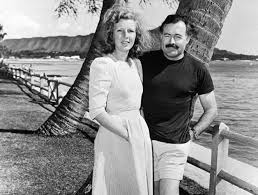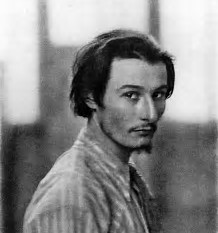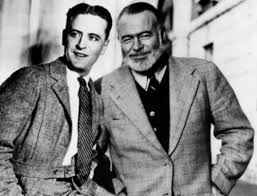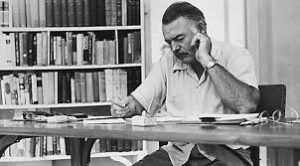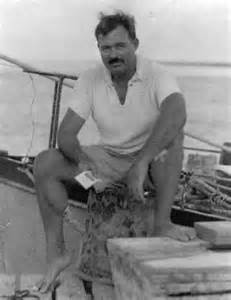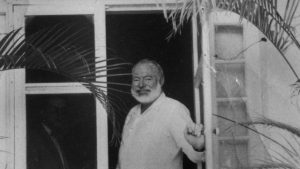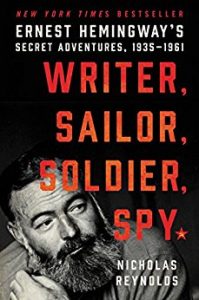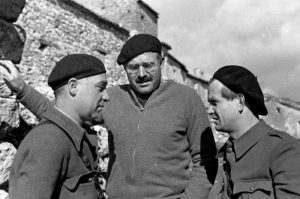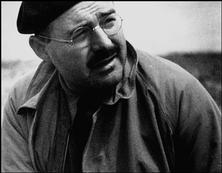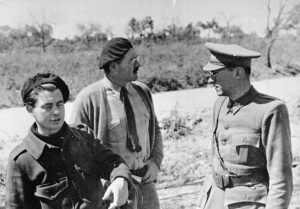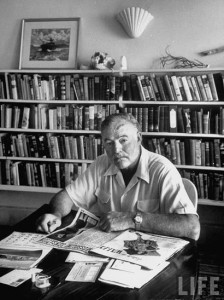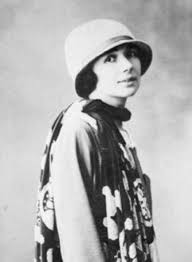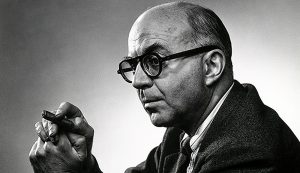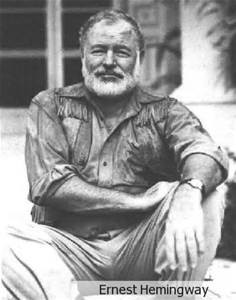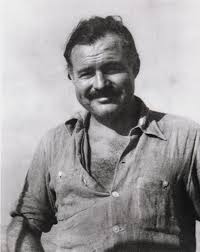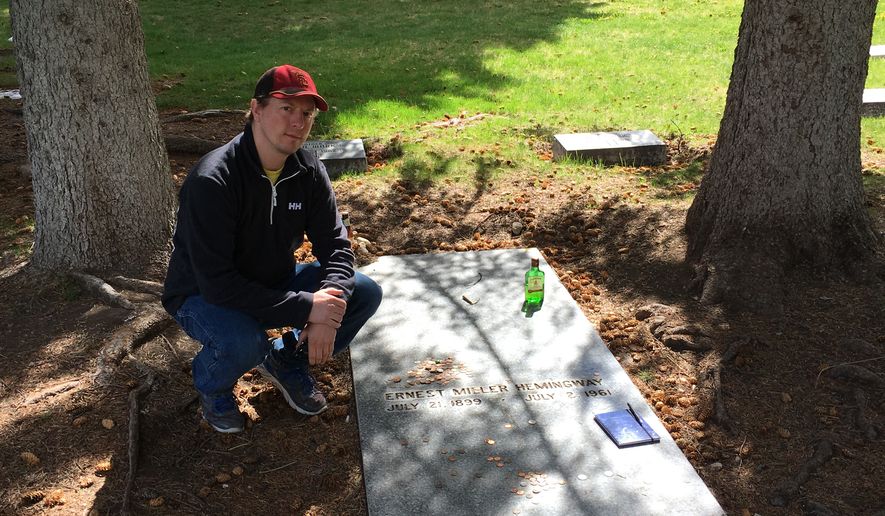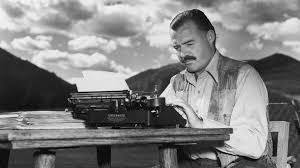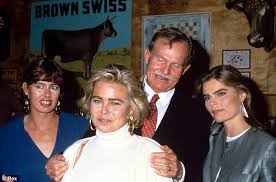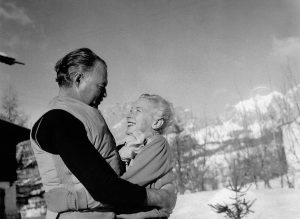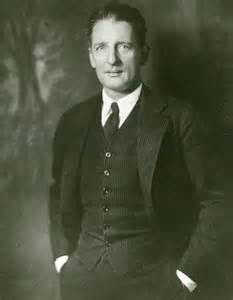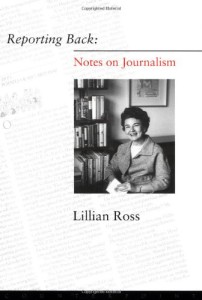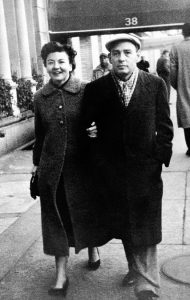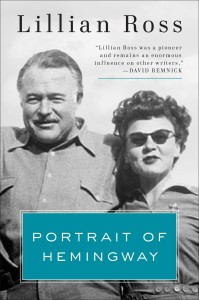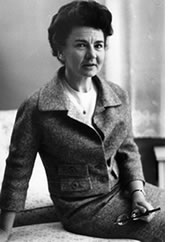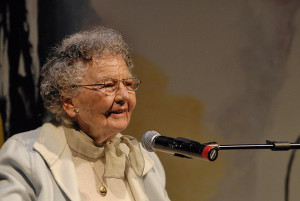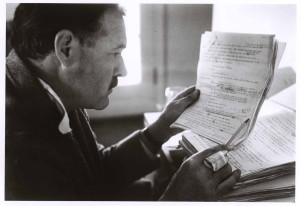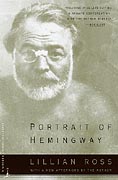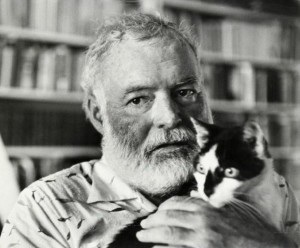Good February to all: I saw this and thought it was fun and funny. Hemingway had his writing, his looks, his cats and dogs, his wit. However, he was not a fancy dresser at all and per wife # 3, Martha Gellhorn, who initially affectionately called him “the pig” and less affectionately when the marriage was sinking, he was not that big on grooming products. Still, this is interesting and fun. The Hemingway name sells furniture, booze, now grooming! Take a look. Best to all! Christine
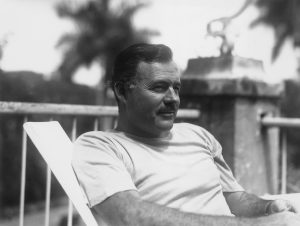
Ernest Hemingway Grooming Products Make Their Debut
Hemingway Accoutrements Product Line
Hemingway Accoutrements officially launches their line of premium shaving and skincare products available in the United States and Canada.
Having been in research and product development for well over a year, we are honored and excited to release world-class grooming products worthy of the Ernest Hemingway name. ”
— Allen Crawley
SCOTTSDALE, AZ, USA, January 31, 2018 /EINPresswire.com/ — Hemingway Accoutrements is excited to announce their new luxury line of men’s grooming products that bear the name of one of the most famous authors of the 20th century – Ernest Hemingway.
With that Hemingway creativity in mind, founder and entrepreneur Allen Crawley decided to revive the masculine grooming traits of an era gone by. Armed with an exclusive license and only the best botanical ingredients, Allen created Hemingway Accoutrements for the discriminating gentleman.
Reminiscent of the writings and travels of Hemingway, the products contain high-quality ingredients and pleasant, old-world aromas. The new line includes Aftershave tonic, Shave Crème, Post Shave Relief Balsam, Conditioning Beard Oil, Ultimate Strength Skin Repair & Remedy Salve and an Age Defending Facial Elixir.
“Having been in research and product development for well over a year, we are honored and excited to release world-class grooming products worthy of the Ernest Hemingway name,” said Crawley.
About:
Allen Crawley has always had a great love and passion for traditional wet shaving. A number of years ago a spark of nostalgia brought back memories of childhood barbershop visits and his father’s daily grooming routine. He longed to personally identify with this great tradition and began his own journey to bring those memories and traditions back to others. This led to the development and refinement of Hemingway Accoutrements. Please visit http://hemingwayaccoutrements.com for more information. Hemingway Accoutrements can also be found on http://facebook.com/hemingwayaccoutrements and http://instagram.com/hemingwayaccoutrements.
Allen Crawley
Hemingway Accoutrements
800-294-7066
email us here
